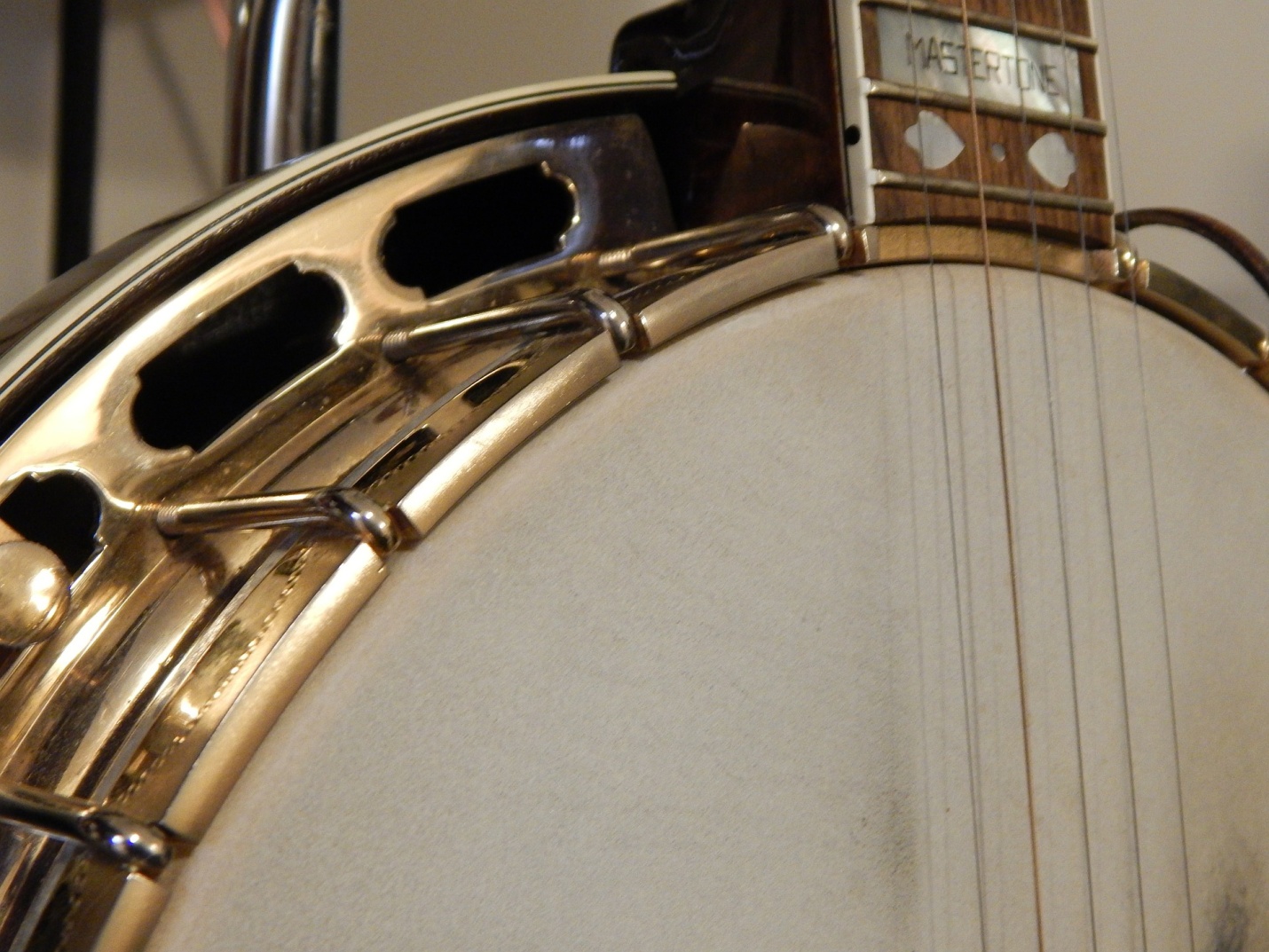The excellent news about banjos is that learning to play the instrument and perfecting your skills is almost a guarantee – as long as you dedicate the time to it and practice as much as you can. Like any other musical instrument, the banjo comes with a set of techniques and methods for better playing, but one of the foremost things you have to do is tune it – and tune it correctly. Fortunately, you can take advantage of several ways of tuning, whether it’s by ear, by the instrument itself, or with an electronic tuner. For beginners, electronic tuners are often recommended, and for good reason. So if you are a banjo beginner and would like to make use of an electronic tuner, here’s your definitive guide to using an electronic tuner: the best facts and tips.
What you should know
These days, many banjo beginners use electronic tuners. This particular device can be incredibly helpful in getting your strings to the correct tuning once you establish the string’s pitch. When the electronic tuner identifies the pitch, it will display it, and you can easily see it. Furthermore, the tuner will also show you if you are close enough to the note and how close you are, which significantly helps you with your banjo tuning.
The beauty of electronic tuners is that they are an easy and effective way to get your banjo tuned, and you can do it quickly, too. What’s more, they are not that expensive. Most music stores will have one, and you can choose from different options.
Top tips on tuning
You have to remember that tuning your banjo doesn’t have to be too difficult. It’s a skill that will get easier with practice. You can take as long as you want over it, and once the banjo is in tune, it will sound good for a long time. The more you practice tuning, the better you will get until it’s almost natural to you.
- Which one to choose
The electronic tuner has helped many a banjo player at the beginning stage of their journey, but it also pays to choose the right one since there are many kinds out there. The most popular tuner clips right onto the peghead, and plenty of companies produce this. They come with different prices, so finding one that fits your budget shouldn’t be an issue.
Another kind features a microphone, and this can also help you find your tune. But you have to hold the tuner to the drum skin, and this can be awkward. Otherwise, you can place the tuner on a table or chair near your banjo.
You can also opt for a tuner that you can plug directly into your banjo, but this is used more with electric guitars, so you would need to fit a pickup to your banjo so you could use it. Other electronic tuners have a dual operation mode, like a mic and clip-on.
- What to remember
Here’s one tip: regardless of the kind you choose, find out if the electronic tuner is a chromatic one or not. A chromatic electronic tuner can detect the entire 12 notes, and they’re called universal electronic tuners because you can use them with most musical instruments. Other tuners are non-chromatic, which means they can detect just five notes. As a beginner, you can start with the non-chromatic one, but it’s better to purchase a chromatic one once you advance.


